Most Popular
Korean History
-
1
2014 ferry disaster left scars that never healed
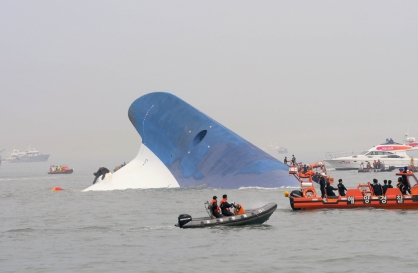
-
2
In 2012, K-pop makes leap from 'Gangnam' to the world
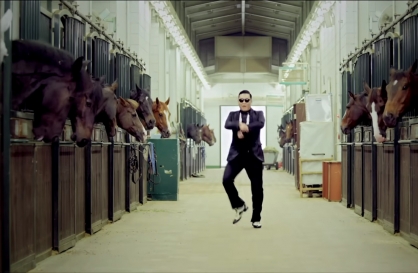
-
3
Deadly sinking of Navy ship in 2010 marks worst postwar military disaster
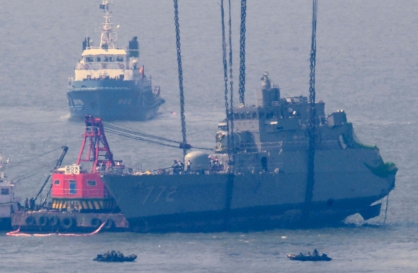
-
4
In 2008, Korea's National Treasure No. 1 went down in flames
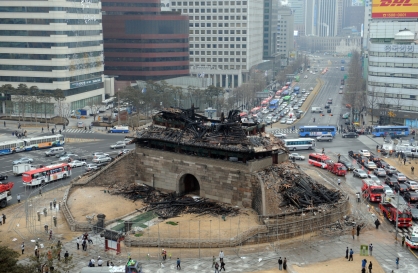
-
5
In 2005, science world’s biggest scandal unravels in Seoul
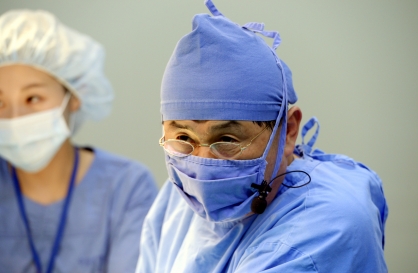
[Korean History] Sampoong: A deep national wound
1995 collapse of Sampoong Department Store still holds the title of the biggest 'peacetime' death toll in S. Korea
By Jung Min-kyungPublished : Aug. 9, 2023 - 13:57

A sultry early-summer day was just starting to fade, when a deafening bang reverberated throughout Gangnam, Seoul. Half of Sampoong Department Store, the pink-color, two-building complex that had stood as a landmark of the affluent Seocho-gu neighborhood, was gone, leaving behind scenes of ruins, debris and dust.
The June 1995 collapse killed 502 people and injured 937 others, making it the largest peacetime casualty event in South Korea's modern history — a record that remains unbroken to this day.
Coming a mere eight months after the fall of Seongsu Bridge, which left 32 dead and 17 injured, Sampoong inflicted a collective trauma on Koreans.
It was a bitter wake-up call for them to reflect on the nation’s hustle culture and obsession with expedient achievements, which had helped South Korea lift itself out of postwar poverty.
'Cracks' in safety
"A really funny colleague of mine started joking and posing in front of some cracks in the wall. She said if we shake it hard, the building might just collapse. Then (that day) it really did.”
Kim Hyun-joo, a Sampoong survivor, recalls in the book "1995 Seoul, Sampoong," that revisits the tragic incident through personal accounts of several survivors. That funny colleague, like many shoppers and clerks who were present at the mall, didn’t survive.
The gigantic department store that opened in December 1989 was composed of two, connected five-story buildings, each with four underground floors. The mall's entire floor area spanned a total 73,877 square meters.
The "cracks" that Kim spotted were on the fifth floor of the south wing where several restaurants were operating. The fifth floor was also where the building began to crumble, according to the National Library of Korea’s digital archive on the disaster.
Though faulty designs and shoddy construction practices were the main reason for the collapse, the installation of heavy air conditioning cooling towers on the roof of the north wing dealt a final blow, state prosecutors pointed out at the time.
The three cooling towers weighed a combined 36 metric tons and with water added, the weight increased to a total 87 tons.
The towers were initially installed on the east side of the south wing's roof. However, due to their proximity to nearby residential apartments and subsequent noise complaints from neighbors, the management decided to relocate them to the opposite side. Instead of using a crane to lift and move the towers, they chose to drag them by force, resulting in significant damage to the roof.
By April 1995, a large crack appeared on the roof of the fifth floor and its employees could sense the floors slowly giving way. But the management did not stop business operations.
The collapse

The June 30, 1995, edition of The Korea Herald dedicated its front page to what was, to most South Koreans, an unthinkable event that had happened.
"A luxury five-story department store crowded with evening shoppers, collapsed in southern Seoul yesterday, causing hundreds of casualties," the article read.
"A 100-meter-long section of Sampoong Department Store in Seocho-gu toppled from the top-down around 6 p.m. leaving only one of its two wings standing."
That fated morning was full of warning signs that Sampoong board members continued to ignore.
People at the fifth floor of the south wing saw that the cracks were growing wider and the roof of the building beginning to cave in.
The management decided to close the fifth floor, but did not announce evacuation orders. The cooling towers were also shut down around noon to drain the water, which forced some people to leave the building due to a lack of air conditioning.
An emergency inspection and board meeting kicked off at around 3 p.m., only three hours before the collapse.
Some of the board members suggested an evacuation of employees and shoppers, but Sampoong Engineering & Construction Chairman Lee Joon refused to do so, according to a court document. Lee cited revenue losses behind his decision as the store was packed with hundreds of shoppers at the time.
At 5 p.m., the roof of the fourth floor started to sink as well. The management decided to block off the floor, but stuck to its previous stance of no evacuation.
At 5:50 p.m. when it became clear that something serious was going to happen, emergency alarms rang out. Employees started to evacuate shoppers. Two minutes later, the roof and the fifth floor of the south wing gave way, triggering a collapse all the way to the bottom of the basement floors.
The north wing did not collapse. The board members survived as their emergency meeting was held at the north wing.
Of the 502 victims, more than half, or 302, were employees. The rest were customers, with many of them women who were grocery shopping for dinner.
Mammoth tasks left in response, recovery
When the dust settled, a realization of what had happened overwhelmed people, including the first responders. The sheer scale of the collapsed building and the number of victims trapped within presented unprecedented difficulties for the rescue teams.
Smoke and flames were emerging from inside the debris. In a difficult decision, rescue authorities chose to spray water to suppress the fire and prevent it from spreading further.
For some survivors, this water became a lifeline, helping them avoid burns and dehydration. Sadly, though, for those who were trapped in areas where the water accumulated, it became the cause of their death.
The search for survivors continued for more than two weeks, with 19-year-old employee Park Seung-hyun being the last to be rescued after 17 days.
Sampoong presented a mammoth challenge to emergency medics, as well.
As the country lacked emergency protocols for such catastrophic events, the deceased and injured were all taken to nearby hospitals without the necessary sorting and assigning process. This provided a valuable lesson and later gave rise to significant advances in the country’s disaster and emergency medicine.
Ensuing investigations and trials resulted in Sampoong Chairman Lee’s conviction of involuntary manslaughter. He was sentenced to seven years and six months in jail in 1996. That was the heaviest penalty given to anyone charged in relation to the disaster.
His son and Sampoong CEO, Lee Han-sang, alongside several public officials who received bribes from Sampoong during the construction process, were also sent to jail and fined.
The building itself was not structurally sound, further investigations found. The columns built were not sufficient to support the floors, the specifications for which were below what was required. With the flawed design and construction, the store was bound to collapse.
Remembering Sampoong today

It's been 28 years since the incident and bereaved families of the victims continue to remember their loved ones by visiting the cenotaph located in Yangjae Citizen's Forest.
"Time has passed and yet every year we honor those who died in the collapse," said Son Young-soo, a bereaved family member during this year’s memorial ceremony held on June 29.
"We just hope that South Korea will be able to become a safer country."
Their gathering was held at the forest park, some 4 kilometers away from the disaster site. Where Sampoong once stood is now a completely different landscape, devoid of anything that bears a hint of what had happened there.
A high-end multipurpose complex, with 37 floors above and six below ground, now occupies the land. It boasts some of the most expensive apartment homes in Korea and is famously the private residence of the President Yoon Suk Yeol. He commuted to the presidential office from there for six months after his inauguration.
A plan to build a Sampoong memorial there was aborted, as residents and politicians opposed the idea, saying the plot of the land was “too valuable” in terms of real estate -- the “york of Gangnam” was what they called the area -- for a memorial to be built.
Sampoong’s legacy perhaps lives on more prominently in works of art.
The traumatic event has been a source of contemplation and soul-searching for many artists in the country, ranging from songwriters to novelists and filmmakers.
One such work is rock band N.ex.t's 1995 song "The World We Made" which goes:
“Whom to blame. We all are accomplices. ... In the distant past, in a time of old, TV was absent, yet life carried on. Ceilings might falter, yet they bore no death.”








![[Today’s K-pop] Blackpink’s Jennie, Lisa invited to Coachella as solo acts](http://res.heraldm.com/phpwas/restmb_idxmake.php?idx=644&simg=/content/image/2024/11/21/20241121050099_0.jpg&u=20241121172748)














![[Today’s K-pop] Babymonster logs 100m views with ‘Drip’ music video](http://res.heraldm.com/phpwas/restmb_idxmake.php?idx=642&simg=/content/image/2024/11/22/20241122050051_0.jpg&u=20241122172213)